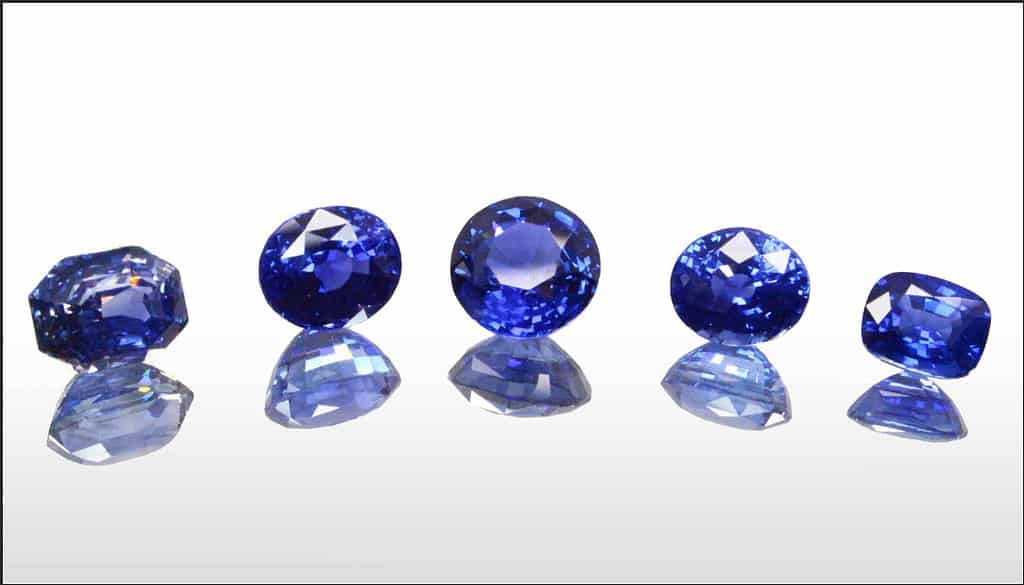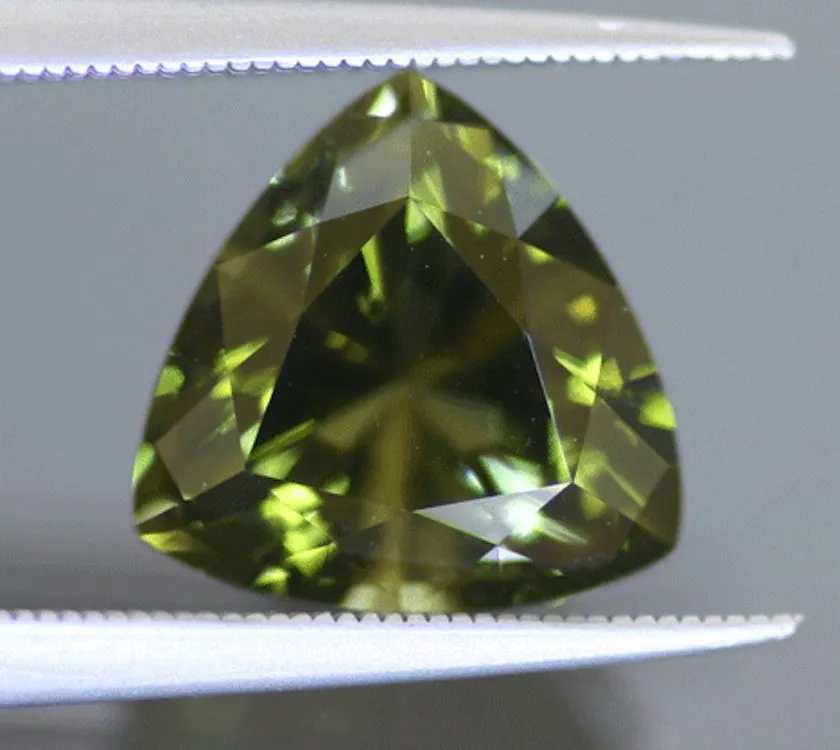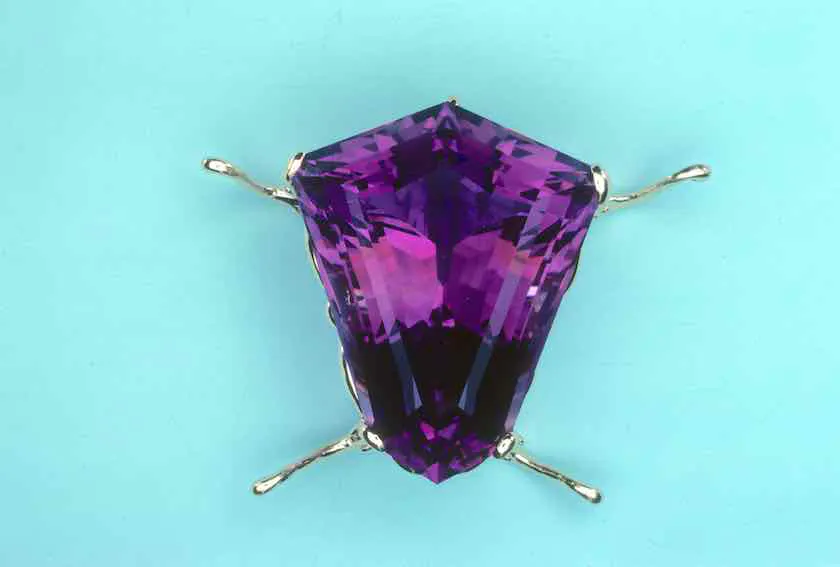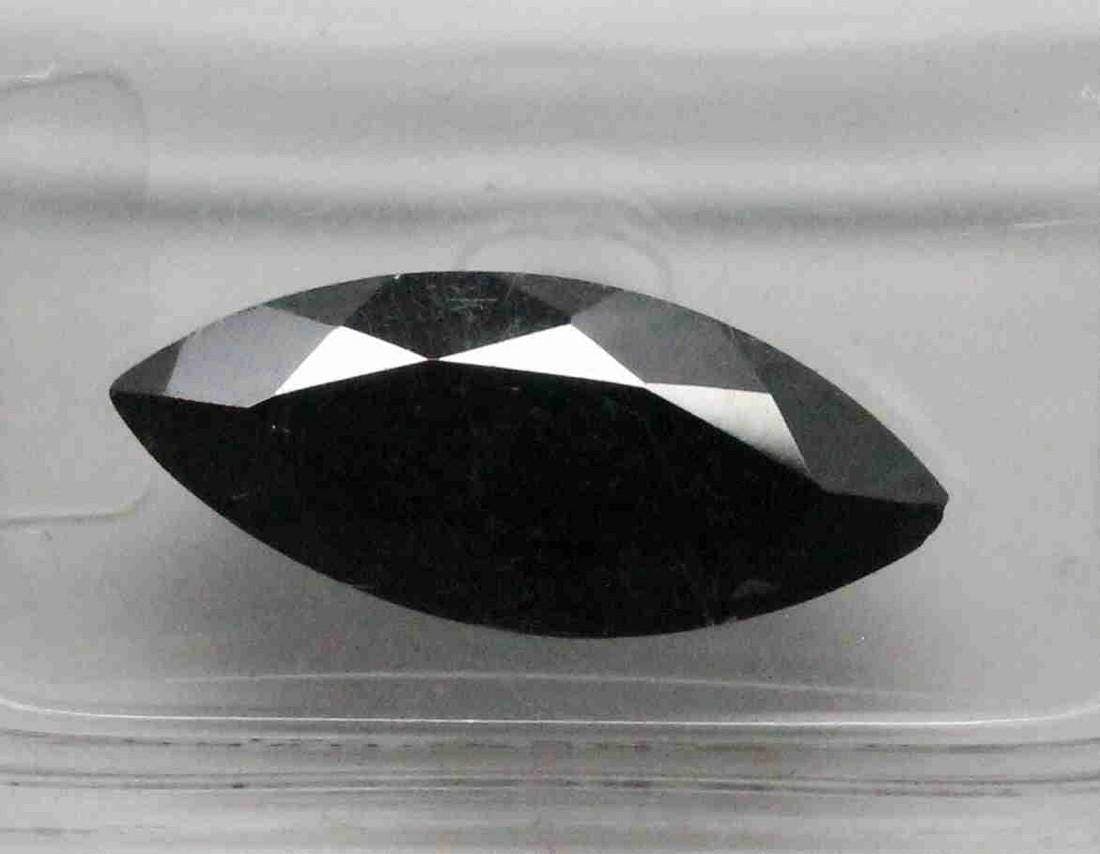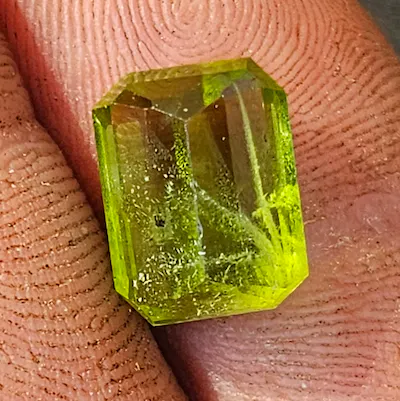Information about Sapphire, News
How Much Does a Blue Sapphire Cost Per Carat?
Blue sapphires are highly sought-after. They have a mesmerizing beauty and a long history. Royals and the elite have admired them for centuries. Today, they are still popular for those who want timeless jewelry. Explore the allure of blue sapphires further at Melogems.
The color of blue sapphires ranges from deep midnight blue to vibrant cornflower blue. It is formed by heat and pressure. The deeper and more vibrant shades are more expensive.
The cost of a blue sapphire per carat depends on quality. Color, clarity, cut, and carat weight affect the price. Flawless and vibrant ones cost more.
Origin is also important. Kashmiri blue sapphires and Burmese or Myanmar sapphires are some of the finest. They have a royal-blue hue and clarity.
Blue sapphires are linked to romance, wisdom, integrity, and nobility. Princess Diana and Kate Middleton have worn sapphire rings, making them timelessly appealing.
Factors Affecting the Cost of Blue Sapphires
The cost of Blue Sapphires is affected by various factors. Clarity, color, carat size, cut quality, origin, treatment, and rarity are the key aspects that can dramatically influence the price. To understand better, let’s take a look at the table below:
| Clarity | Color | Carat Size | Cut Quality | Origin | Treatment | Rarity |
|---|---|---|---|---|---|---|
| Excellent | Deep Blue | 2 Carats | Ideal Cutting | Sri Lanka | None | Extremely Rare |
| Good | Light Blue | 1 Carat | Good | Thailand | Heated | Rare |
| Fair | Medium Blue | 0.5 Carats | Fair | USA | Enhanced | Standard |
| Poor | Pale Blue | 0.25 Carats | Poor | China |
Origin and treatment also have an effect. The more rare a Blue Sapphire is, the higher its value can be. When buying one, you should consider all these influencing factors and make sure to get the best possible value for your investment.
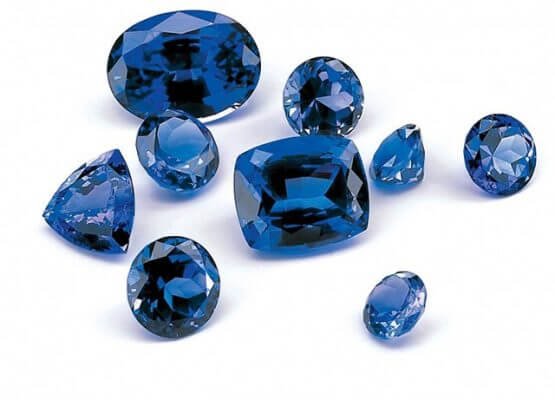
Average Price Range for Blue Sapphires per Carat
Blue sapphire prices per carat vary greatly depending on factors like size, quality, and origin. Let’s learn more about it!
Here’s a table outlining the average price range for blue sapphires per carat:
| Category | Price Range (Per Carat) |
|---|---|
| Commercial Grade | $100 – $1,000 |
| Good Quality | $1,000 – $3,000 |
| Fine Quality | $3,000 – $10,000 |
| Exceptional Quality | $10,000 and above |
These are just estimates and could change depending on availability and demand. Keep in mind that these figures are for reference only and may not reflect the current market prices.
Other factors that influence price include color intensity, clarity, cut, and certifications or treatments. Each factor can influence the stone’s value.
Now, here’s an interesting fact. Blue sapphires have been beloved for centuries! Ancient cultures like the Greeks and Romans believed in their magical powers. Even today, these gemstones still fascinate us with their beauty and charm.
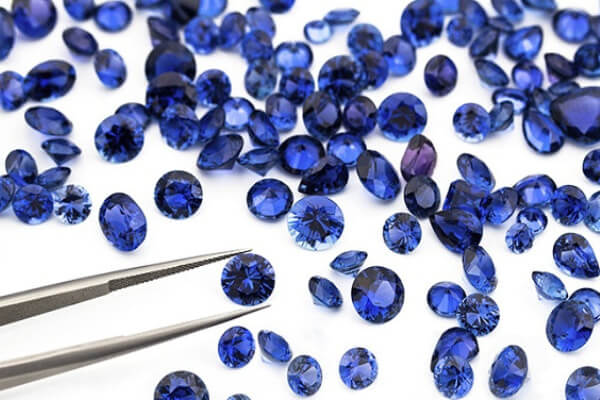
Market Trends and Variations
Venturing into the realm of blue sapphires, there’s a world of intricate details and fascinating fluctuations to uncover. Let’s explore the exciting landscape they inhabit! Check out the chart below – it shows the market trend and average price range per carat.
| Classic Blue Sapphire | $500 – $5,000 |
| Rare Star Sapphire | $1,000 – $15,000 |
| Fancy Colored Sapphire | $1,000 – $10,000+ |
The origin of a blue sapphire can also make a difference. Kashmir sapphires are highly sought-after for their exceptional quality and rarity. Burma (Myanmar) sapphires are also prized for their intense blue color. Sri Lanka sapphires offer more affordability.
Pro Tip: When investing in a blue sapphire, look at factors like color intensity, clarity, cut quality, and carat weight. This helps you make sure you get what you want and stay within budget.
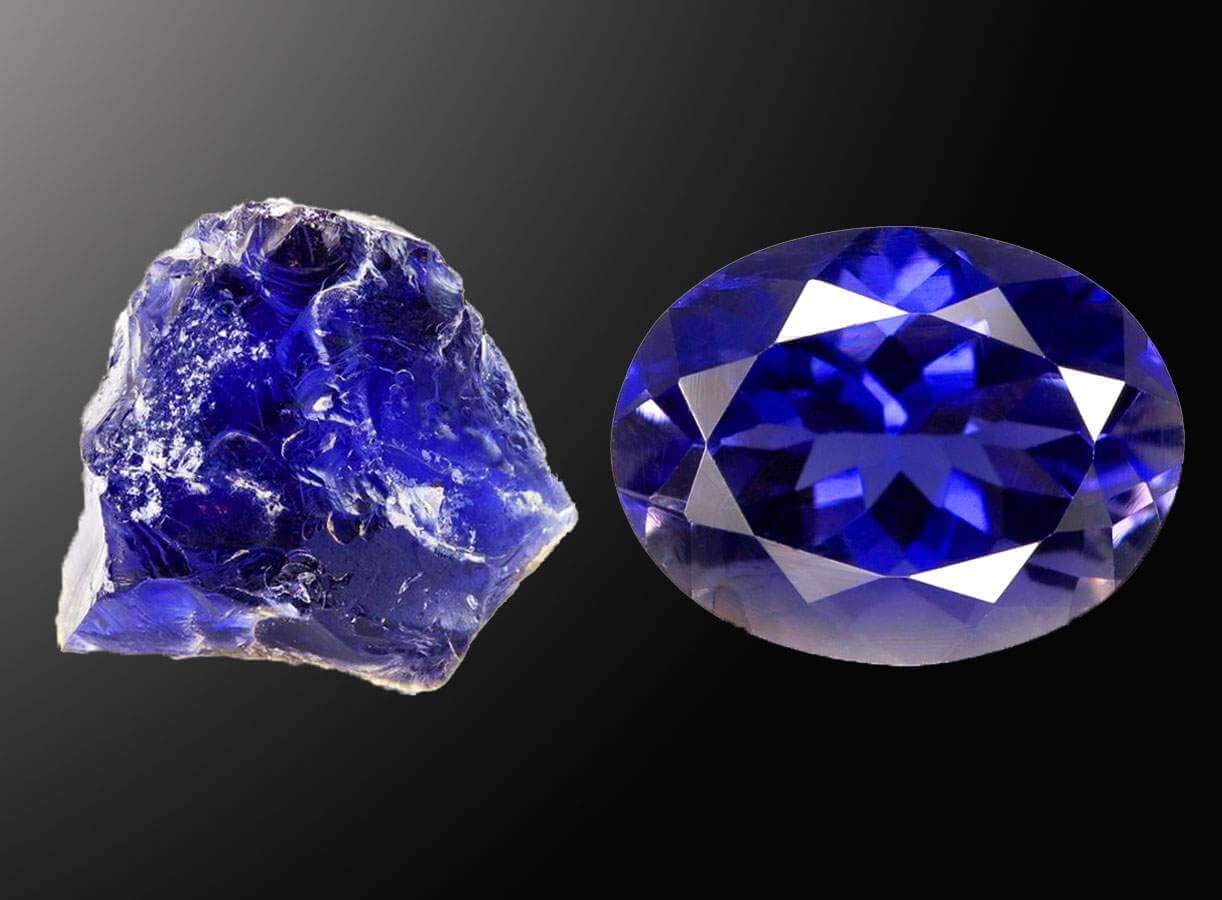
Tips for Buying Blue Sapphires
Searching for a beautiful blue sapphire? Here’s some advice to help you along!
- When it comes to the 4 Cs – color, cut, clarity, and carat weight – keep in mind that ‘vibrant deep blue’ is the most desirable hue for blue sapphires. A quality cut will maximize the stone’s sparkle. Clarity-wise, small natural inclusions are okay, as long as they don’t harm the gem’s beauty. Also, carat weight affects the size and value of the sapphire.
- Before you buy, research treatments commonly applied to sapphires, like heating and diffusion. That way, you’ll know what you’re getting. Plus, make sure to purchase from a reliable source. Ask questions, and get documentation verifying the stone’s authenticity and quality.
Lastly, price varies based on origin, color intensity, clarity level, and size. Blue sapphires from Kashmir are known for their rich velvety blue color and cost more than those from other areas.
Pro Tip: If budget is an issue, opt for a smaller sized sapphire with great color and clarity, rather than a larger, lower quality one.
Discover the Finest Sapphires in the World at Melogems!
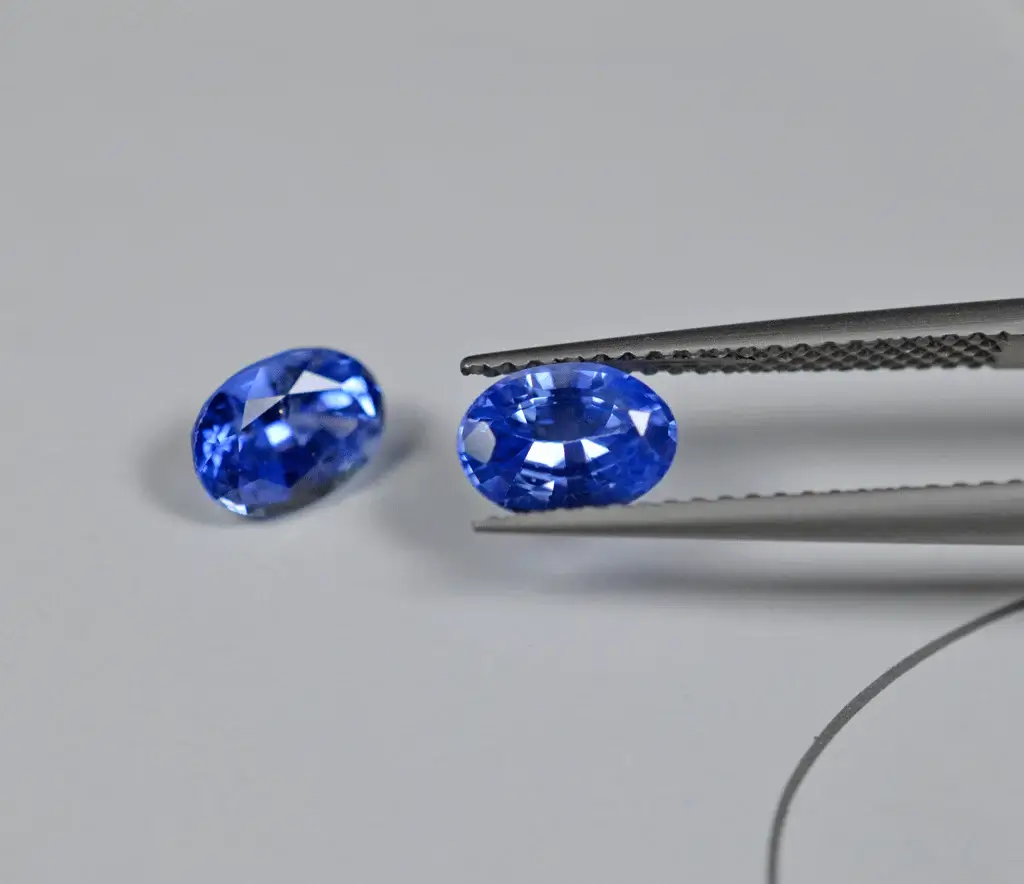
Conclusion
The cost of a blue sapphire per carat changes depending on quality, origin, and size. Prices range from $100 to $20,000. The cut and clarity must be taken into account to get an accurate estimate.
Unique details of blue sapphires are worth mentioning. For instance, Kashmir sapphires are popular for their rare cornflower blue shade and velvety texture. Burmese sapphires have a vivid royal blue color. Ceylon sapphires show a wide range of colors, from pale blue to vibrant hues.
Bigger blue sapphires are usually more expensive than smaller ones. This is because it’s hard to find gem-quality stones above a certain carat weight. Therefore, buyers should keep in mind that although bigger may seem better, it comes at a higher cost.
Pro Tip: When buying a blue sapphire, get a certificate from a reputable gemological laboratory. This document will provide information about the stone’s authenticity and quality, giving you peace of mind.
Frequently Asked Questions
What is the average cost of a blue sapphire per carat?
Ans: The average cost of a blue sapphire per carat can vary significantly depending on factors such as quality, color, clarity, and origin. However, on average, a good quality blue sapphire can cost anywhere between $500 to $5,000 per carat.
Does the size of the blue sapphire affect its cost per carat?
Ans: Yes, the size of a blue sapphire does affect its cost per carat. Generally, larger blue sapphires are rarer and more valuable, hence they tend to have a higher price per carat compared to smaller ones.
Are treated blue sapphires cheaper than untreated ones?
Ans: Yes, treated blue sapphires are generally cheaper than untreated ones. Heat treatment is a commonly used method to enhance the color and clarity of a blue sapphire. While treated sapphires can still be of good quality, they are usually less expensive than untreated, natural blue sapphires.
Does the origin of a blue sapphire affect its cost per carat?
Ans: Yes, the origin of a blue sapphire can influence its cost per carat. Sapphires from certain locations, such as Kashmir, Burma (Myanmar), and Ceylon (Sri Lanka), are highly sought after for their exceptional quality and are therefore more expensive compared to sapphires from other locations.
What factors determine the quality of a blue sapphire?
Ans: The quality of a blue sapphire is determined by factors such as color, clarity, cut, and carat weight. The most valuable blue sapphires exhibit a deep, vivid blue color with excellent clarity and a well-proportioned cut.
Can I buy a blue sapphire within a specific budget?
Ans: Yes, it is possible to find a blue sapphire within a specific budget. The cost of blue sapphires varies widely, so it’s important to prioritize your budget and preferences. Consulting with a reputable jeweler or gemologist can help you find a blue sapphire that matches your desired criteria.

